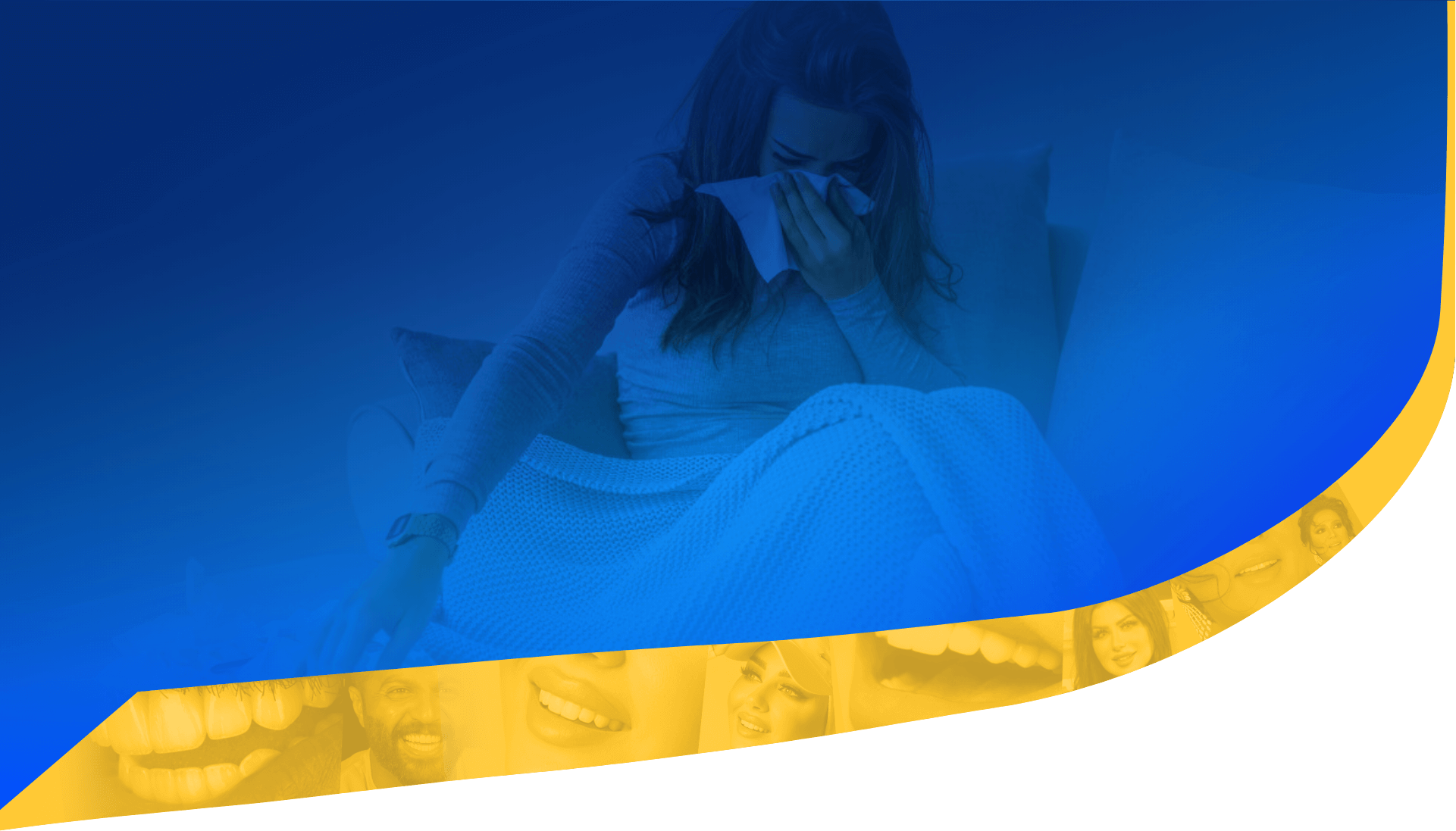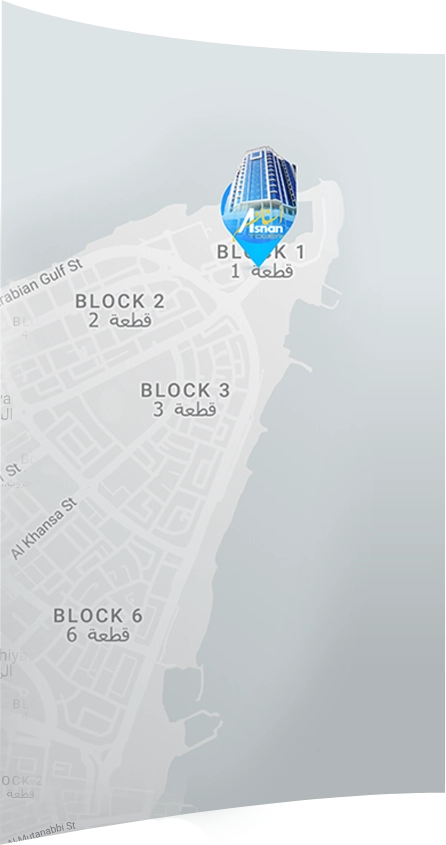Rabbit Lip and Palate Deformities

Lip and palate incisions are genetic facial and oral abnormalities that occur in early pregnancy, i.e. when the baby is in his early stages of development within his mother's womb. These incisions occur when there is a tissue deficiency in the palate or at the lip area, where the tissue formed during this stage is not normally connected to the inside of the mouth.
- Rabbit lip: A separation of the upper lip appears as openings or gaps on the outside of the lip itself. This separation often extends to the upper gums or beyond the nose, including the bones of the upper jaw.
- Palate incision: it is a split in the roof of the mouth. This split may affect both the hard palate (the bony front of the roof of the mouth), or the soft palate (the soft back of the mouth ceiling).
These abnormalities may occur on one side or the sides of the mouth. Because both the mouth and palate form during the stages of fetal development within the mother separately, it is possible to develop a lip deformity without a palate deformity, and vice versa, or the child may develop both.
-
1What are the causes of lip and palate deformities:
The causes of lip and palate deformities in most cases are still unknown. It is also not possible to intervene in any medical way to prevent infection during pregnancy.
- Genetic factors: Most scientists believe that the causes of infection are due to a combination of genetic and environmental factors. Therefore, the risk of developing these abnormalities is greater in newborns in families where a member has previously had this problem, such as siblings, parents or a relative.
- Taking certain medications: Some other causes of lip and palate abnormalities are related to the mother taking some types of medications during pregnancy that may have some side effects on the fetus. These include epilepsy medications, some heart medications, acne medications containing - Accutane, or Methotrexate - a drug frequently used in the treatment of cancers, arthritis and psoriasis.
What health problems accompany lip and palate deformities:
- Difficulty eating: As a result of the crack or detachment of the palate, food and liquids move from the back of the mouth to the nose. Fortunately, bottles are available that are designed to help the affected baby drop liquid substances directly from the mouth directly into the stomach. Children with palate deformity may need to use an artificial palate to help them eat with ensure they have adequate food until they undergo reconstructive surgery.
- Ear infections/hearing loss: Children with palate deformities are at high risk of ear infections, as they are more likely to accumulate liquid nutrients in the middle ear. Acute ear infections can lead to hearing loss if left untreated. To prevent the condition from worsening, certain valves are placed in the middle ear of the infected child to help him drain liquids, and the child should see a doctor once a year to ensure the safety of his or her hearing.
- Difficulty speaking: Children with lip and palate deformities may also experience some trouble or difficulty being able to speak properly. The exits of their letters are noses and the listener finds it difficult to understand what they are saying. However, not all children with lip or palate abnormalities have this problem, and surgical intervention contributes to the radical solution of the problem in some of the injured. For other cases with this problem, they are referred to a speech therapist to help them overcome their speech difficulties.
-
2How to diagnose lip and palate deformities ?
- It is easy to diagnose lip and palate deformities because of visible physical changes in the face or around the lip area.
- Some of the sonar waves used during the mother's pregnancy may sometimes help detect these abnormalities before the baby is born
- If this method fails to detect infection before the baby is born, after birth your doctor will perform some tests on the mouth, nose, and palate to make sure for a lip or palate deformity.
- Medical examinations are sometimes helpful in detecting other birth defects or defects.
Who treats children with lip and palate deformities?
- Plastic surgeon: To perform the necessary surgeries to reshape the lip or to beautify the deformed lip and palate.
- Nose, ear and throat specialist: To detect and treat any hearing problems.
- Oral and maxillofacial specialist: to reshape or reconstruct the upper jaw when needed, to improve its function and appearance, and to repair gum deformities.
- Orthodontist: to do the process of leveling and orthodontics needed for it
- Dentist: To provide the necessary medical care.
- Speech specialist: To test your child's ability to speak and eat. To follow up on the improvement of the child's letter exits.
- Audiologist: To treat contact strikes in a child who is infected with hearing loss. To monitor the development of hearing in the infected child.
- Social specialist: To provide the necessary support to the child's family and to provide any solutions or assistance that benefits all of them.
-
3Who treats children with lip and palate deformities?
- Treatment of the rabbit lip requires one or two surgeries. It depends on the depth of the deformity in the lip. Primary surgery is usually performed when the child is three months old.
- Treatment for palate deformity requires multiple surgeries to be performed on the patient until the age of 18. The first palate repair surgery is performed when the baby is between six months and one year old. This initial surgery repairs palate function, reduces the chances of liquid nutrients leaking into the nose or middle ear, and helps facial bones and teeth grow properly.
- Children with palate deformities also need a process to integrate the palate bones at about the age of eight to fill the void at the upper gums to support the permanent teeth and to stabilize the upper jaw. 20% of children with palate deformities need to undergo multiple surgeries to improve their speech ability.
- When permanent teeth begin to grow, the braces should be used to straighten them
Do children with palate and lip deformities need dental care:
The dentist's medical care is somewhat similar to that offered to normal children. However, people with these abnormalities face certain problems.
- Early medical attention (in the early stages of injury):
- Children with palate and lip deformities, like other normal (normal) children, need:
- The way to clean your teeth properly.
- Proper nutrition.
- Use fluoride in dental care to get healthy and healthy teeth.
It is very important that the parents of the affected child make sure to use a small toothbrush with soft bristles to clean the baby's teeth with the beginning of the notice of the appearance of the teeth. Dentists recommend the use of toothette, a handle tool with a handle on top of which is a sponge containing a mouthwash. They are used to wipe or brush teeth in case the child's regular toothbrush does not work in the process of cleaning his teeth due to the adjustment in the shape of his mouth or teeth. Dentists recommend that the first visit be scheduled for children with palate or lip deformities when they are one year old or even earlier in the event of certain dental problems. Routine doctor visits can start at the age of three.
Orthodontics: The appointment of a visit to the orthodontist is scheduled before any of the child's teeth appear. The purpose of this visit is to follow the growth of the face, especially the jaw. When the baby's teeth protrude, the orthodontist can determine the child's long- and short-term medical needs. When a child's permanent teeth stand out, everything related to orthodontics can be applied to styling and straightening teeth.
Crowns and Bridges Specialist: A dental replacement specialist is a member of the medical team specialized in the treatment of palate deformities. The specialist extends a bridge inside the mouth to make up for the child's lost teeth, or to place certain medical devices such as 'speech bulb' or 'palate cranes' to help him correct the exits of his or her letters to make his speech sound normal. This specialist coordinates with other members of the medical team, such as an oral care specialist or plastic surgeon and a speech therapist, to work together to provide the necessary care for the injured.




















comment